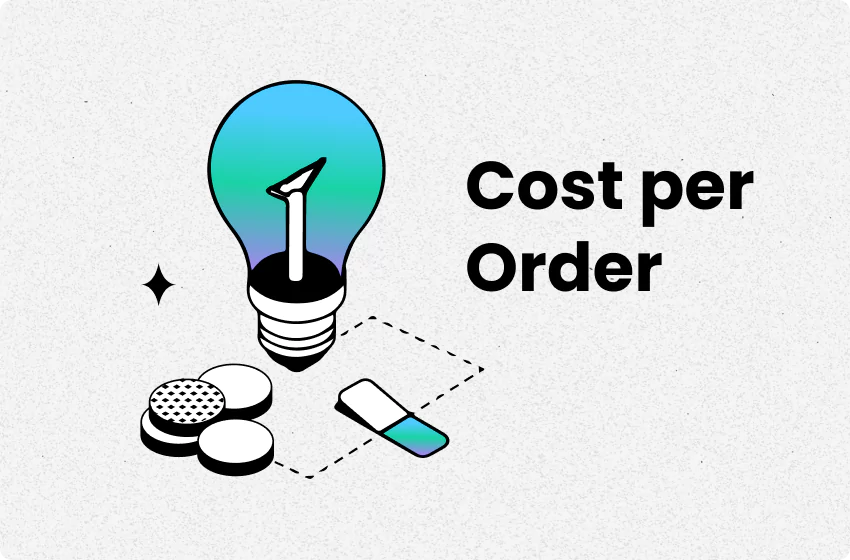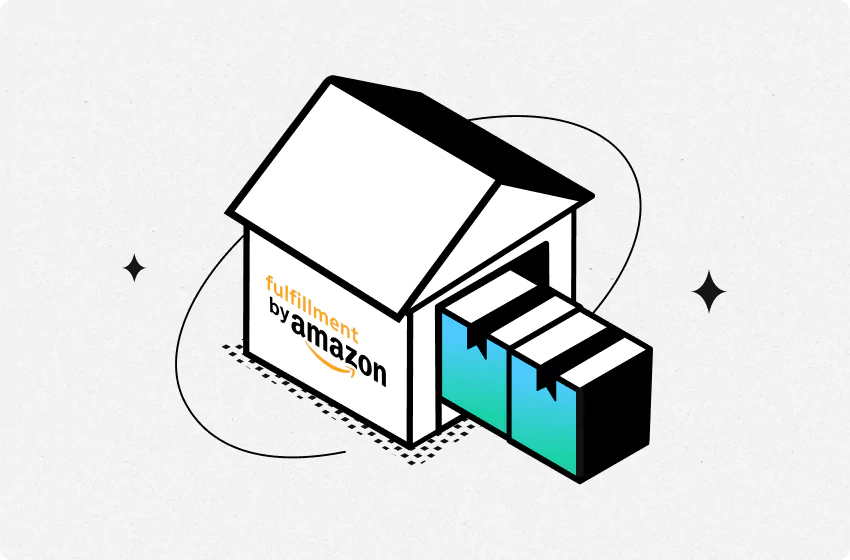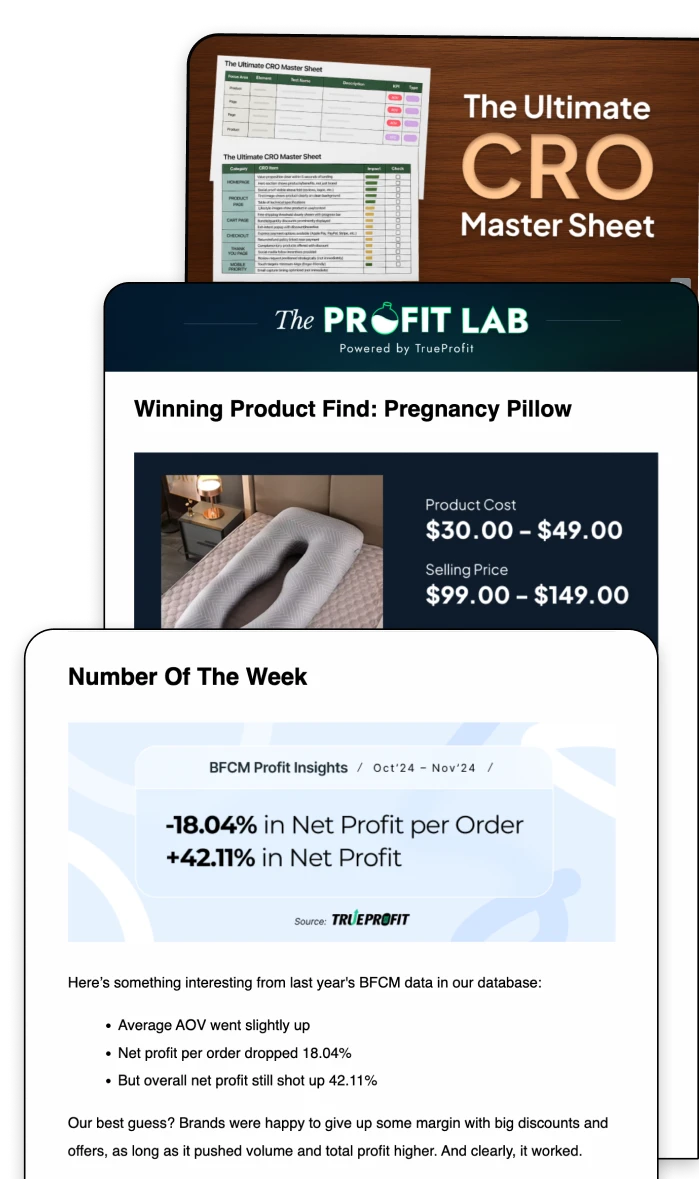LTV:CAC for E-commerce: Definition, Benchmark, Tips to Improve

LTV:CAC ratio shows how much revenue each customer generates compared to the cost of acquiring them. But what’s a good LTV:CAC ratio for e-commerce?
In this article, we’ll break down what the ratio means, how to calculate it, and the ideal benchmarks to aim for. Plus, we'll share actionable strategies to improve your ratio and maximize profitability.
What is the LTV:CAC Ratio?
The LTV to CAC ratio compares a customer’s lifetime value (LTV) to the customer acquisition cost (CAC), showing if a customer’s revenue outweighs the cost of acquiring them.
To calculate LTV:CAC ratio, use this formula:
Example: If it costs you $30 to acquire a customer who spends $90 over their lifetime, your LTV to CAC ratio is $90 / $30 = 3. A 3:1 ratio is generally considered profitable.
While this calculation seems simple, accurately measuring LTV and CAC involves several smaller metrics which can be time-consuming. If you want a quick check on your financial health, try our free Profit Margin Calculator instead.
What Is a Good LTV:CAC Ratio for E-commerce Businesses?
A good LTV to CAC ratio for e-commerce is typically 3:1. This means for every dollar spent on acquiring a customer, you should earn three dollars over their lifetime. It indicates cost-effective marketing with healthy profits.
LTV:CAC Ratio Benchmark for E-commerce:
- 3:1 Ratio = Ideal Balance for profitability and growth
- Below 3:1 = Optimize Efficiency by increasing LTV or reducing CAC
- Above 5:1 = Opportunity to Scale by investing more in marketing
Example of using LTV:CAC ratio for e-commerce growth:
If a fitness apparel store spends $50 to acquire a customer (CAC) and earns $150 from them over their lifetime (LTV), the ratio would be 3:1. This balance shows profitable and sustainable growth.
However, if the ratio is lower, like 2:1, it means you're not generating enough value from each customer. To improve, consider increasing LTV through repeat purchases or upselling, or reduce CAC by optimizing ads.
On the other hand, a high ratio like 6:1 suggests under-investment in marketing, potentially missing growth opportunities. In this case, increasing the marketing budget could help scale customer acquisition.
If you want to explore more about e-commerce growth, check out our article revenue-growth vs. profit-growth.
How to Calculate LTV:CAC Ratio?
To calculate the LTV to CAC ratio, you need to measure both Customer Acquisition Cost (CAC) and Customer Lifetime Value (LTV). Here’s the breakdown:
1. Calculate Customer Acquisition Cost (CAC)
- This includes all expenses related to acquiring customers, such as ad campaigns, influencer promotions, and content marketing.
2. Calculate Customer Lifetime Value (CLV)
- This measures the total revenue a customer brings over their relationship with your business.
3. Divide LTV by CAC
A ratio of 3:1 is generally considered ideal.
Calculating LTV to CAC manually involves complex metrics and real-time tracking. Moreover, not all customers have the same LTV to CAC ratio. To maximize profitability, you need to segment your customers and focus on groups with the most favorable ratios. However, keeping up with dynamic data across multiple channels can be overwhelming.
How to monitor LTV:CAC in Real time?
Calculating your LTV to CAC ratio once a year isn’t enough. To truly understand your profitability, you need to monitor it continuously. This requires tracking CAC and LTV daily, as customer behavior and acquisition costs fluctuate constantly.
This is where TrueProfit comes in. If you run a Shopify store, TrueProfit's Customer Analytics Report lets you monitor your LTV to CAC ratio in real-time.
You can easily segment data to see the LTV to CAC of specific customer groups, such as those from certain countries or those who used discount codes.


TrueProfit seamlessly syncs data from all your ad platforms, marketing channels, and shipping providers, ensuring that every metric—whether it's LTV, CAC, Repurchase Rate, or LTV to CAC Ratio—is updated in real time with accuracy.
4 Best Tips to Improve Your LTV:CAC Ratio
If your LTV:CAC ratio is 2:1 or lower, your profitability is at risk. To improve this metric, you need to either increase LTV or reduce CAC. Here are four proven strategies:
1. Prioritize High-Performing Channels
Focus on marketing channels that deliver the best LTV:CAC ratio. Track the performance of each channel and reallocate your budget to those with the highest return. For example, if Facebook Ads generate a 4:1 ratio while Google Ads are at 2:1, increase spending on Facebook and cut back on Google.
This strategic allocation helps you maximize profitability and avoid wasting money on underperforming channels.
2. Invest in Organic Marketing
A high Customer Acquisition Cost (CAC) can hurt your ratio, even with strong Customer Lifetime Value (LTV). To lower CAC, focus on organic marketing and long-term brand building. This approach increases brand recognition and attracts organic traffic, reducing your dependency on costly paid ads.
According to Investopedia, brands with strong identities can also charge premium prices, further boosting LTV. For example, a well-known apparel brand can sell similar products at higher prices compared to lesser-known competitors.
3. Focus more on more profitable customer segments
Not all customers offer the same LTV:CAC ratio. Segment your customer base by product lines, price points, or purchasing behaviors to identify your most profitable groups.
For instance, Black Friday bargain hunters may provide a low LTV as they buy only during sales and never return, while repeat customers purchasing premium products deliver a higher ratio.
Focus your marketing efforts on the most profitable segments to optimize your spending and maximize LTV. Explore how Customer Profitability Analysis can help you identify high-value customers and boost profitability.
4. Run upsell and cross-sell campaigns
Boost your LTV by encouraging customers to buy more through upselling and cross-selling. These strategies increase the average order value and repeat purchases, enhancing your LTV without increasing CAC.For example, Kitchenaid effectively cross-sells by suggesting compatible accessories for their mixers, enhancing the customer experience and increasing the overall purchase value.


Upselling and cross-selling can help increase your AOV and, most importantly, your LTV:CAC ratio
Key Takeaway:
To optimize your LTV:CAC ratio, focus on:
- Allocating budget to high-performing channels
- Building brand value with organic marketing
- Segmenting customers to target high-LTV groups
- Running strategic upsell and cross-sell campaigns
Wrapping Up!
Understanding LTV:CAC ratio is critical to your store’s success. But calculating and tracking them manually? That’s time-consuming and prone to errors.
With TrueProfit, you can instantly access all your essential metrics in one place - no spreadsheets, no stress. Join thousands of Shopify merchants who have unlocked a clearer view of their net profit with our real-time profit tracking solution.
LTV:CAC Ratio FAQs
What is a good LTV to CAC ratio?
A: A good LTV to CAC ratio is generally 3:1. This means the lifetime value (LTV) of a customer should be at least three times the cost of acquiring that customer (CAC). This ratio indicates that your customer acquisition strategy is profitable and sustainable.
Q: What is 3x LTV to CAC?
A: A 3x LTV to CAC ratio means that for every dollar spent on acquiring a customer, the customer generates three dollars in revenue over their lifetime. This is considered an optimal balance for growth and profitability in most industries.
Q: What is a good LTV?
A: A good LTV varies by industry, but a high LTV indicates strong customer loyalty and profitability. For example, in eCommerce, an LTV above $100 is typically good, while in SaaS, an LTV of at least three times the customer acquisition cost is ideal.
Q: What is the benchmark for LTV to CAC?
A: The benchmark for LTV to CAC is 3:1. If the ratio is higher, it suggests you could invest more in customer acquisition. If it's lower, you may need to improve customer retention or reduce acquisition costs.
Q: What is a healthy CAC?
A: A healthy CAC varies by industry but generally should be low enough to maintain a profitable LTV to CAC ratio. For startups, keeping CAC below 33% of customer lifetime value is recommended.
Q: Can LTV to CAC be too high?
A: Yes, if the LTV to CAC ratio is too high (e.g., above 5:1), it may indicate under-investment in customer acquisition, potentially limiting growth opportunities.
Q: Does CAC include salaries?
A: Yes, CAC includes salaries of marketing and sales teams, as well as other costs associated with acquiring new customers, such as advertising expenses, software tools, and agency fees.
Discover what proper profit-tracking looks like at trueprofit.io
Harry Chu is the Founder of TrueProfit, a net profit tracking solution designed to help Shopify merchants gain real-time insights into their actual profits. With 11+ years of experience in eCommerce and technology, his expertise in profit analytics, cost tracking, and data-driven decision-making has made him a trusted voice for thousands of Shopify merchants.






![Amazon FBA Success Rate: All The Crucial Stats [2025]](https://be.trueprofit.io/uploads/AMZ.webp)







 Shopify profits
Shopify profits